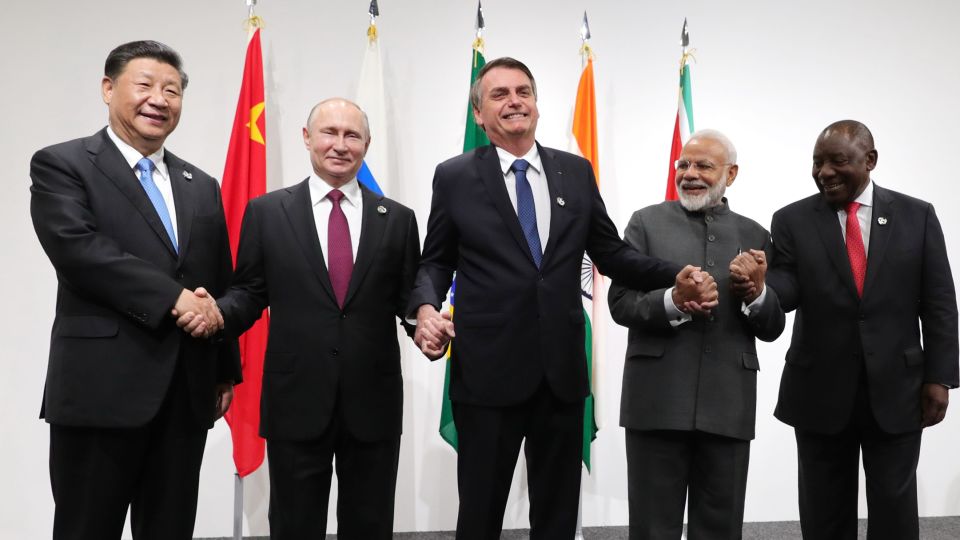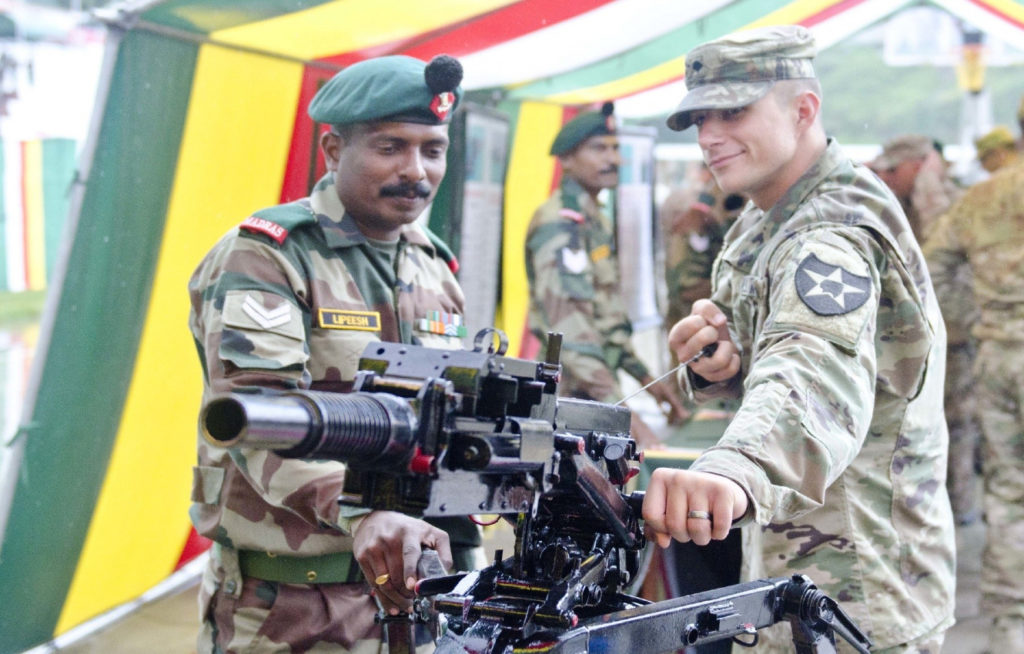By Moshi Israel
During the recently concluded G20 summit, the African Union (AU) earned permanent member status among the world’s top 20 economies. For the hosts, India or Bharat, and even more specifically, Prime Minister Nerandra Modi, the acceptance of the AU into the G20 is symbolic of his continuous fight to give a voice to the global south in an international system increasingly dominated by great power politics.
This decision has been long overdue given the enormous size of the African continent and the diversity of people and economies it represents. Combined, African countries are as good as any other, and perhaps a future ambition for the AU should be the integration of all the region’s economies into one with a common trade policy. This would prove instrumental in dealing with countries that created the current international trade system and constantly break the rules that limit their ambitions. The AU’s elevation to permanent member status just like the European Union is a chance for countries at the periphery of international relations to be represented in the group.
The presence of the African Union as a permanent member in the G20 also serves to extend the often-elusive microphone to the bloc. For so long, African countries have had to stand outside the halls of power as others debated problems and deliberated solutions concerning the continent. Many of the region’s leaders tuned in to cable television to receive breaking news about what the major powers had decided would be Africa’s future. Moreover, the African continent has no control over the narratives concerning its past. This opportunity is, therefore, a significant step for developing countries in Africa to represent themselves and offer up ideas that align with the African context. The AU right now has a podium to prove naysayers wrong.
India is following in the footsteps of its BRICS partners, China and Russia in championing the platforming of the global south on the international stage. In this aspect, China has been ahead of the curve and has behaved in a foresighted manner. Indeed, for long, China and entire BRICS family have for long shown their support for Africa to be admitted into the grouping as a Permanent member. Foresight often eludes most great powers. The west seems to be playing catch up when it comes to updating and revising relations with the global south.
The current global order is in crisis and many international state actors are turning to the global south as the foundation for a new more inclusive and equitable global order. The addition of the AU as a permanent member into the G0 ranks is yet another step in the direction of achieving a truly multipolar world.
The crises facing the world today range from the recent COVID-19 pandemic, the Ukraine war, and climate change to food insecurity and inflation. Fittingly, the summit in India had an agenda that focused on the issues affecting developing countries the most. Some of these issues include; finding alternatives to fossil fuels, food security, a common framework for digital public infrastructure, and resource efficiency. Reforming the major mainstream lending institutions like the World Bank and International Monetary Fund was also key on the agenda. This would help developing countries have quick access to development-related funds. Moreover, the growing popularity and strength of the BRICS bank should be a signal to the World Bank and IMF that change is inevitable and reform is a necessity.
The AU will be a key figure in the global fight against climate change. Its permanent presence in the G20 will help to expand the voice of the global south, especially on issues of climate financing and a just transition to the green economy.
The growing relevance of the global south in the international arena should not be underestimated. Countries like China have picked up on this trajectory and invested heavily in developing countries all around the world. The goal is to obtain a mutually beneficial partnership through south-south cooperation.
The West has largely treated the global south as its backyard and often dealt with it through handouts and dictates. Blocs like BRICS helped change this narrative and engaged the global south on equal terms. And now, the G20 has also awakened to the reality that the world’s nations need each other and the global south has a vital role to play. For instance, the conflict in Ukraine and the subsequently failed sanctions on Russia have shown that having the global south on your side is important and necessary for key geopolitical maneuvers.
Additionally, as part of the G20, the AU should seek to lead Africa on a new path that is strategically beneficial for all its members. The first step in this process is to get rid of the destructive colonial mindset that has held the AU members back.
The Writer is a Research Fellow with Development Watch Center.




